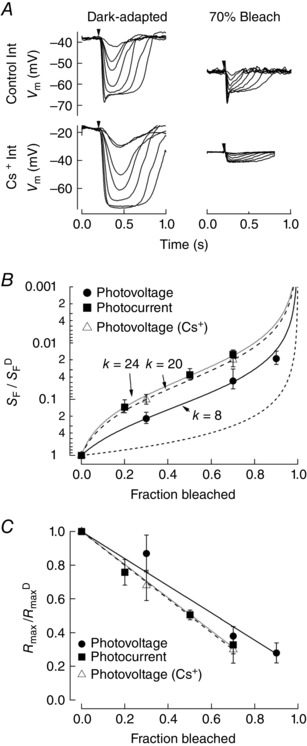Figure 4. Effect of Cs+ on the photovoltage following substantial bleaching of visual pigment.

A, photovoltage was measured from the inner segments of rods in retinal slices of Gnat2−/− mice in darkness and 1 h after 70% bleaching of the visual pigment (n = 6). Inner segment K+ conductances were blocked by substituting Cs+ for K+ in the pipette solution. Flashes at the time indicated by the downward arrow delivered 2.0–510 photons μm−2 in darkness, 8.0–1000 photons μm−2 after the 30% bleach, and 85–11 000 photons μm−2 after the 70% bleach. B, the sensitivity of rod photoresponses was determined from the flash strength that yielded a half‐maximal response. Sensitivity following pigment bleaching (S F), relative to the sensitivity in darkness (S F D), is plotted versus the fraction of the visual pigment bleached. The best fit Weber–Fechner relationship for photovoltage responses with Cs+ internal solution (dashed line) is with k = 20. The Weber–Fechner relationship for photocurrent (dotted line, k = 24) and photovoltage (solid line, k = 8) are shown for comparison. C, the reduction in the maximal amplitude of the response (R max), normalized to the maximum amplitude in the dark‐adapted state (R max D), is plotted against the fraction bleached. Data were fit with a line constrained to the value of R max D at 0% bleach. Fits indicate that R max declines less steeply as a function of fraction bleach for the photovoltage compared to the photocurrent, or to the photovoltage measured with a Cs+ internal solution.
